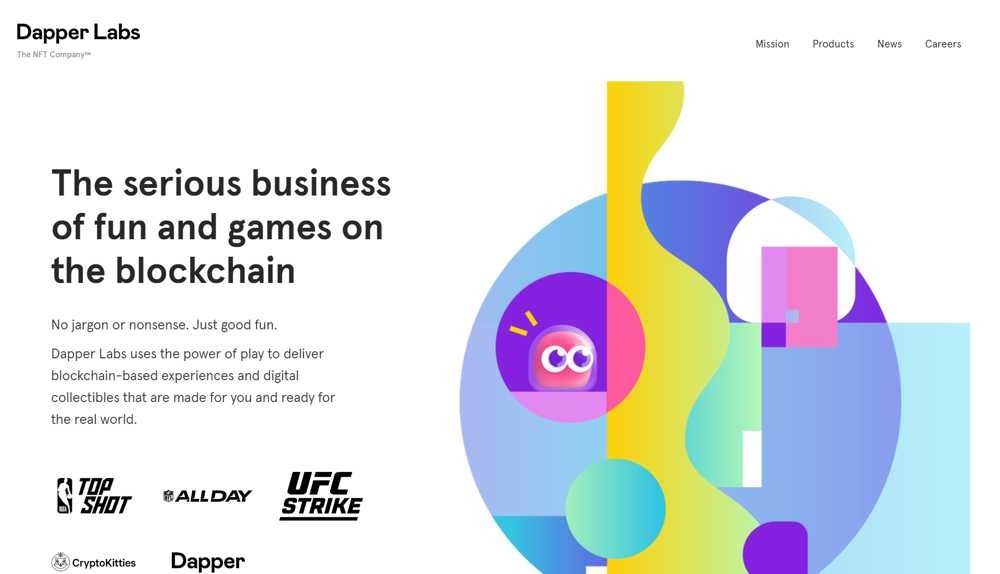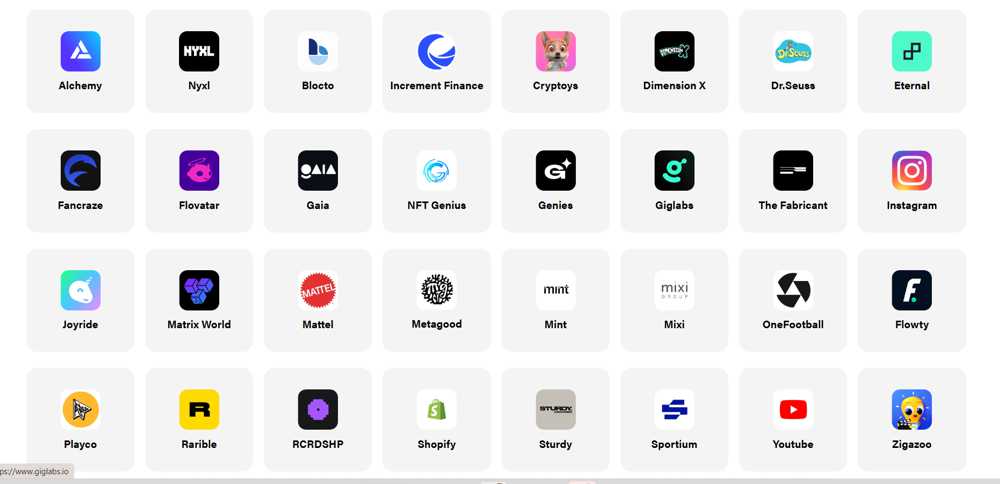What is FLOW – The Blockchain Designed for NFTs
Flow is a blockchain network that enables decentralized games and NFT collectibles. The creators of Flow, Dapper Labs, understood in 2017 that the existing generation of blockchains couldn’t handle the rapidly expanding demand for NFTs.
Ethereum is the most popular blockchain network for NFT collectibles. However, it can only manage a limited number of transactions at once. That’s why the Ethereum blockchain halted in 2017 when one of the first NFT applications, CryptoKitties, was released on it. Instead of waiting for Ethereum’s update, Dapper Labs decided to build its blockchain network.
What is Flow?
Flow is a decentralized network intended for decentralized applications such as large-scale decentralized gaming and NFT marketplaces. It solves the scalability problem without the use of sharding approaches. Unlike other blockchain platforms, it can process transactions rapidly and with a cheap transaction fee.
As a result, it is an excellent alternative for decentralized games and NFT collectibles. Flow addresses a few larger issues seen in main blockchain networks.
Flow utility
Reduced fees
Depending on the network’s availability, the trading fees on the Ethereum blockchain might be as high as $20. The transaction fee on Flow only costs 0.000001 FLOW tokens. Users must also pay 0.001 FLOW to create an account. Nonetheless, its overall fee is far lower than that of Ethereum.
Flexibility
Once the smart contract has been performed, Ethereum users cannot modify it. Flow allows customers to test the beta version of the smart contracts before it is fully executed.
The creators of smart contracts can upgrade the code over time. While the code is being changed, the participants can continue to work. If the owners have locked the smart contracts, they cannot change them.
Great scalability
Ethereum is the most widely used platform for hosting NFT collectibles. It can execute 20,000-100,000 transactions per second. Flow, however, has a transaction rate of only 1,000 per second. It will also be capable of processing 10,000 transactions per second following the next update.
Another advantage of the Flow network is that it employs a Proof-of-Stake consensus technique like Ethereum to protect the transaction process. As a result, it adds new blocks to the platform more quickly than other networks.
Flow history
Dapper Labs introduced the flow in 2019. During its first investment round, sponsored by investor giant A16z, the company raised approximately $11 million. By selling Flow tokens on CoinList in October 2020, the company successfully raised $18 billion. Dapper Labs has worked with prominent businesses such as the NBA, UFC, Ubisoft, and Warner Music Group.

With the expanding popularity of NBA Top Shot in late 2020, Dapper Labs got a lot of fame. In early 2021, the business raised $305 million in another investment round to develop blockchain games. As a result, Dapper Labs’ total valuation has increased to $2.6 billion.
How Does Flow Work?

Flow, in contrast to other blockchain networks, employs a multi-node, multi-role framework. As a result, it develops multiple network subdivisions. Each node receives only a subset of a transaction. Rather than verifying the transaction all at once, Flow separated it into four categories.
- Collection nodes – These node operators only collect the data on the network transactions requested by Dapps users
- Consensus nodes – These node operators organize the transactions based on the timing of the transaction request
- Execution nodes – These node operators finalize the computing procedure for transaction verification
- Verification nodes – It is the final stage in which the work of the execution nodes is rechecked to prevent fake transactions
The best feature of this validation procedure is that it divides responsibilities among different parties, which reduces the risk of hacking efforts to some level. It also contributes to the network’s overall efficiency.
Flow’s NFT Ecosystem
CryptoKitties
Participants in CryptoKitties can keep their digital treasures on the Flow network. It has lower transaction costs while bringing several additional functionalities that Ethereum doesn’t have.
NFT Marketplace VIV3
VIV3, an NFT marketplace, began operations in January 2021. This marketplace exists to help content creators and digital artists. It features the work of famous artists Anne Spalter and Ben Mauro.
NBA’s Top Shot
NBA Top Shot is one of the most well-known NFT projects. NBA Top Shot was first released on the Flow blockchain. On this network, members can exchange and save their favorite collectibles. NBA Top Shot has over 600 users, including celebrities Tyrese Haliburton and Mark Cuban.
FLOW Tokenomics
Flow is the governance token of the Flow network, which is used to process network transactions. Staking their Flow tokens allows Flow token holders to contribute to the validation process. It has a market cap of $1.53 billion and a circulating supply of 1 billion tokens. In terms of market cap, it’s one of the top 40 cryptocurrencies.
Conclusion
Flow is one of the most well-known cryptocurrency projects since it supports NFTs and decentralized games. It employs a proof-of-stake consensus system and a multi-role, multi-node infrastructure. It handles transactions faster than most of the other networks and charges as little as 0.000001 Flow tokens for each transaction. Please get in touch with us if you have any questions about how the Flow network works.











